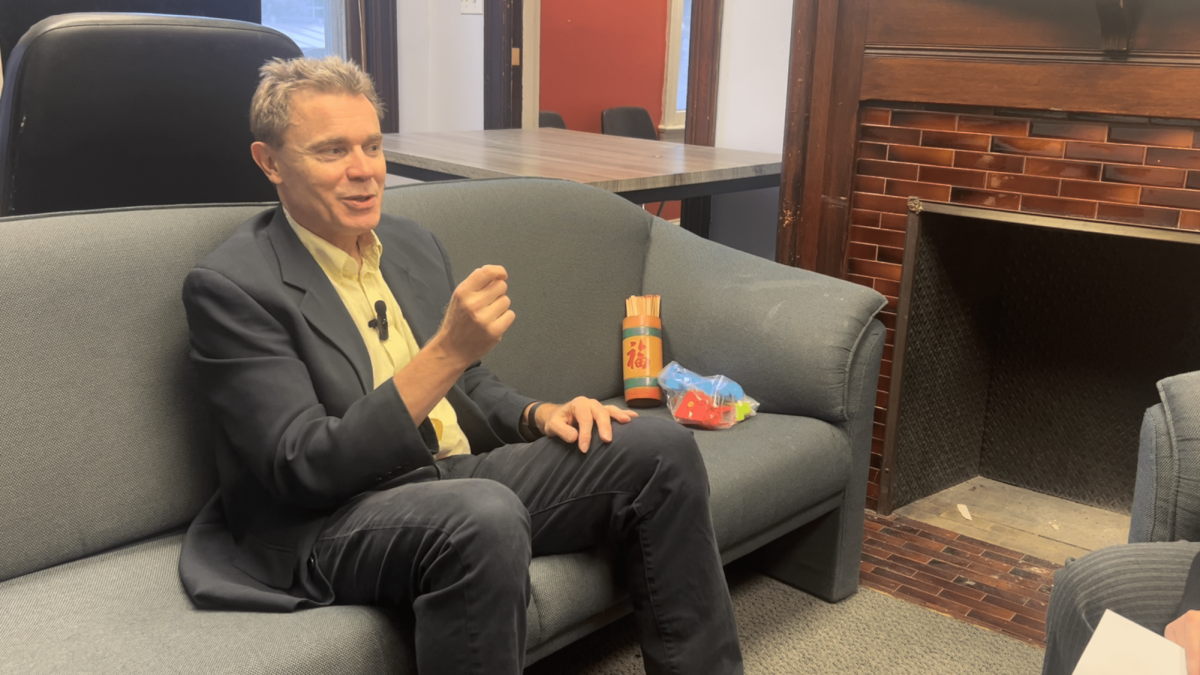During the height of segregation in D.C., the city’s U Street corridor came to be known as “Black Broadway ” because Black residents congregated there for business, poetry slams, open mic nights and jazz concerts. The neighborhood’s entertainment venues also led to the formation of go-go music, D.C.’s indigenous music derived from the District’s Black culture, in the mid-1970s.
But over the years, business owners have struggled to keep the neighborhood’s history of Black entertainment alive as large convention centers and Metro stations cropped up. The Black population in the neighborhood also shrunk from 80 to 30 percent by 2010, according to Washington City Paper.
The Hatchet sat down with U Street business owners, residents and entertainers to discuss how high rent prices and the influx of new residents into the neighborhood is pushing out its unique history.
Video by Dante Schulz



